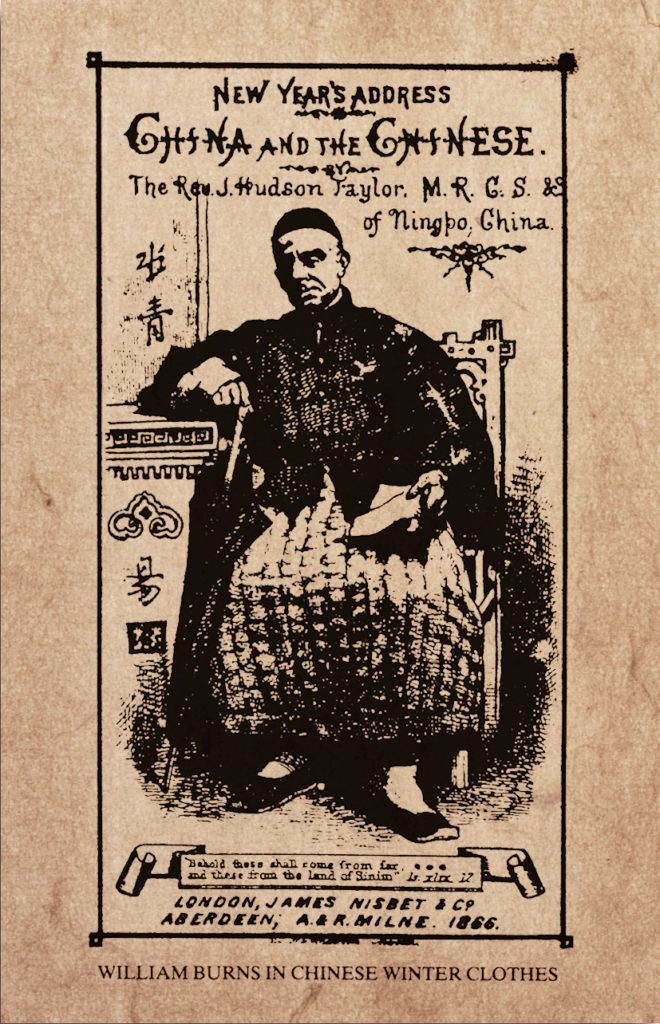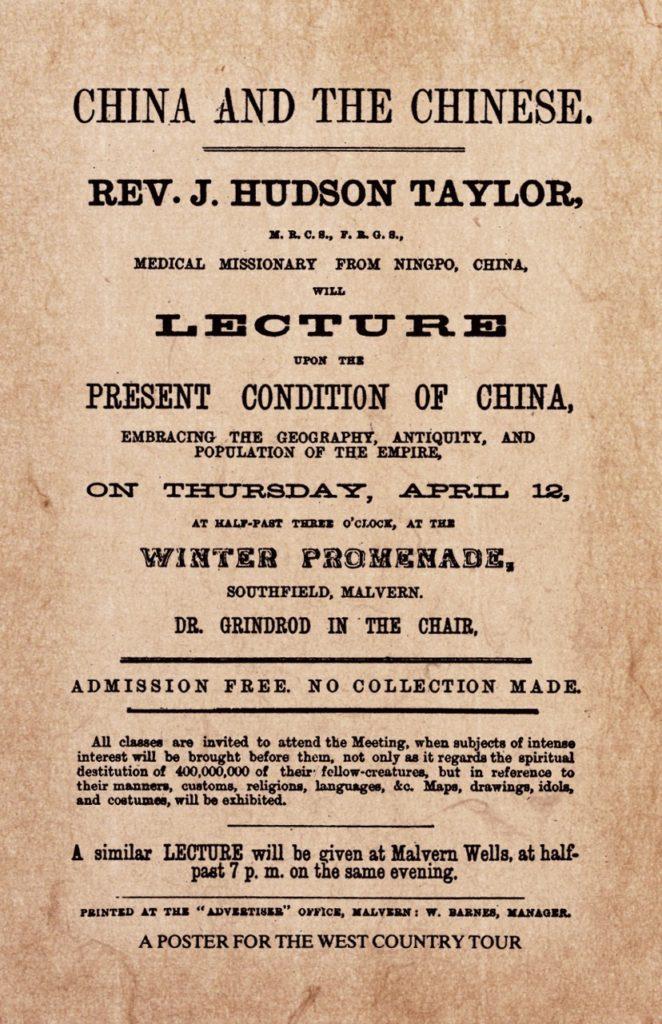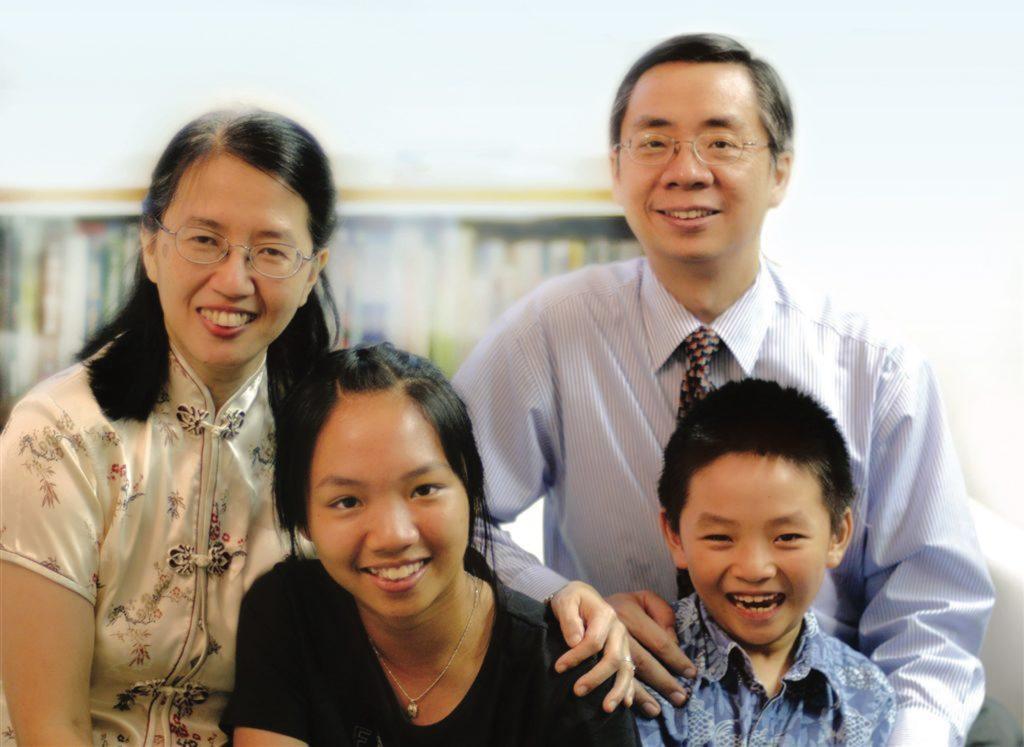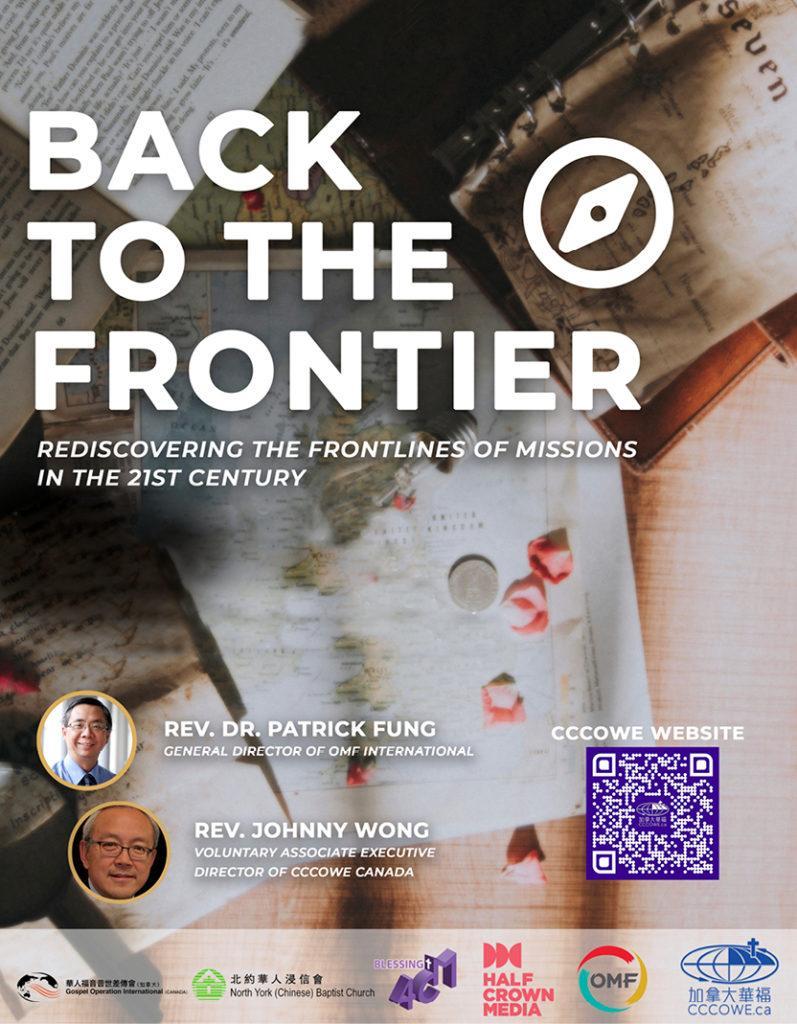


Breakthrough, Legacy, Response – Refocusing on Hudson Taylor
突破 , 傳承 , 回饋 -- 顧往瞻來聚焦戴德生
FOREWORD
BY Rev. Dr. PETER CHAN
Former OMF Pioneer Church-Planting Missionary to Japan
Hudson Taylor -
A life in Christ (1832-1905)
Hudson Taylor was highly esteemed by Dr. Ruth Tucker, a scholar of contemporary mission history. In her book “From Jerusalem To Irian Jaya”, she summarizes the theme of Hudson Taylor’s life, “Few missionaries in the nineteen centuries since the apostle Paul have had a wider vision and have carried out a more systematic plan of evangelizing a broad geographical area than did James Hudson Taylor.” (Page 186)
Hudson Taylor was an Englishman, born in Yorkshire from a Methodist family since the time of his great-grandfather. His upbringing was much influenced by the spiritual revival movement of the eighteenth century. Before his birth, his parents prayed and promised to dedicate their child, if a boy, as a missionary to China. This promise was only revealed to Hudson several years after he went to China as a missionary.
Hudson’s parents raised him up with strict discipline. His health was frail since childhood, and had to drop out of school at the age of thirteen. When he was seventeen, he accepted Jesus and dedicated himself as a missionary to China. Between 1849 and 1853, he prepared himself for his mission by studying medicine, building up his physical health, and evangelizing in the most squalid parts of London. He deliberately gave up all daily comforts and learned to trust God completely. At the age of nineteen, Satan used his girlfriend to deter him from his mission in China, either China or his beloved. In great pain, despite being twice engaged, he chose to follow God's will over his beloved. He sacrificed his own love, yet gained Christ Jesus.
Hudson Taylor devoted himself to mission in China for half a century. He always lived with the Chinese, wearing long robes and long braids, and travelled throughout the towns and villages along the coast to preach the gospel. In 1865, he founded the China Inland Mission which stimulated a tidal wave of passion for mission in China in the United Kingdom, the United States, Canada, Australia, and Europe. By the time he returned to the Lord, more than 800 missionaries went to China and became a core force for evangelism in China.
When he was buried by the Yangzi River in Jiangsu Province, beside the graves of his first wife and his four children, the inscription on his tombstone reads "A Man in Christ". Although he had passed on, his passion for Christ and for the Chinese people will always be remembered!
Hudson Taylor founded the China Inland Mission
Most of the principles and policies of the China Inland Mission were formulated at the time of Hudson Taylor and the subsequent historical periods. They can be summarized as follows:
a. Missionary Qualifications
Missionaries must be evangelical Christians who have been called by God. They must have a clear vision of the urgent spiritual needs of the whole of China, and the willingness to accept the financial and living hardship under the culture and living standard in China. Therefore, until the beginning of the 20th century, most of the missionaries of China Inland Mission wore Chinese style clothings and lived in local residential lodgings. There was no discrimination against single female missionaries. High education and pastoral qualification were not required, and there were no restrictions regarding denomination and nationality. Missionaries of the same denominations would however be assigned to serve together in the same mission localities, such as Anglican missionaries were assigned to serve together at mission sites in Sichuan province. Hudson Taylor worked collaboratively with all missionary agencies without competition.
b. Financial Support
China Inland Mission was a faith mission. It did not have funding support from any denominations or foundations. It held no fundraising activities and maintained its ministry entirely through prayers and voluntary donations. Donors just received dated and numbered receipts, and their names were never published. All expenditures, including the salaries for missionaries, were paid from donation income, allowing no debts or loans. Later, as the Mission expanded, missionaries and supporting funding came from major denominational churches and individual donors in the United States and European countries.
c. Organizational and Administrative Features
The headquarters of the China Inland Mission was set up in Shanghai, China, distinct from other organizations which typically set up their headquarters in London, England. The Mission’s policies were designed to adapt to local needs and culture. The London Council was responsible only for distributing mission and financial reports, receiving donations, connecting and sending missionaries, as well as receiving missionaries who passed through. For countries that sent missionaries such as England, the United States, Canada, Australia and Europe, advisory committees were set up to support Hudson Taylor who presided over the administration of the Mission until his retirement five years before his death.
d. Mission Focus
The ultimate goal of the China Inland Mission was to bring the gospel to the whole of China as soon as possible, and not to seek to increase its membership within a short period of time. To achieve this goal, missionaries started evangelizing in major provincial cities, setting up evangelism stations there before moving further to the prefectures, counties and villages. They did not underestimate the importance of education and medicine, but they only run primary schools, not secondary schools; only small clinics, hospitals and drug rehab centres, and never lose sight of their primary goal of evangelism.


OMF and Today’s Chinese Church
At the age of 20, Hudson Taylor, a modern missionary giant, often had heart felt aches for the countless souls in inland China who had not heard the Gospel. He ushered in the second era of modern missions. Despite the rejection and opposition of the Church leaders in England at that time, he set up the China Inland Mission to bring the gospel specifically to the inland areas of China, hence initiating a new era of evangelism. The China Inland Mission inspired the starting of dozens of similar faith missions, such as the Africa Inland Mission and the Sudan Interior Mission.
Mission scholar Ralph Winter pointed out that there are two structures in God’s redemptive plan, namely local churches (static structure Modality) and mission agencies (dynamic structure Sodality), and these two structures exist in various stages in church history. On the one hand, he called on Christians to accept that these two structures are legitimate and inseparable parts of the Christian church today. On the other hand, he also pointed out with deep concern that if non-Western churches are to effectively exercise their mission responsibilities, they must organize their own mission agencies for sending their own missionaries.
Due to the political changes in China, China Inland Mission moved its headquarters to Singapore in 1951 and changed its name to "China Inland Mission Overseas Missionary Fellowship" in response to the mission call throughout East Asia and to open up new mission fields. In the early 1960s, regional committees were set up in various parts of East Asia. Eventually, in the centenary year of its founding, it was officially renamed the "Overseas Missionary Fellowship" and started to accept Asian Christians to the Fellowship to work together with missionaries from western countries.
At the end of 1995, Dr. Patrick Fung and his wife Dr. Jennie Cheng, returned to Hong Kong from their mission field in South Asia and took over the baton from Rev. James Hudson Taylor III as the Home Director for Hong Kong. In 2000, he also served as the International Director for Mobilization. In 2006, he was elected General Director of OMF International, one of the few Chinese to lead international missionary organizations.



